#northern willowherb
Photo
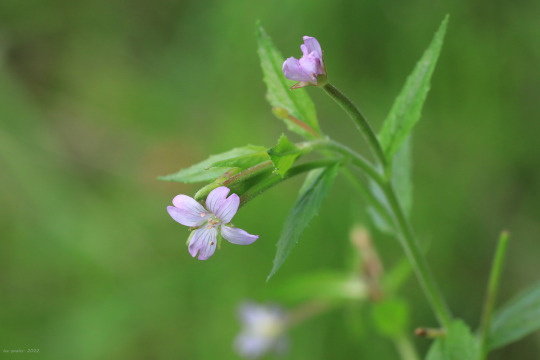
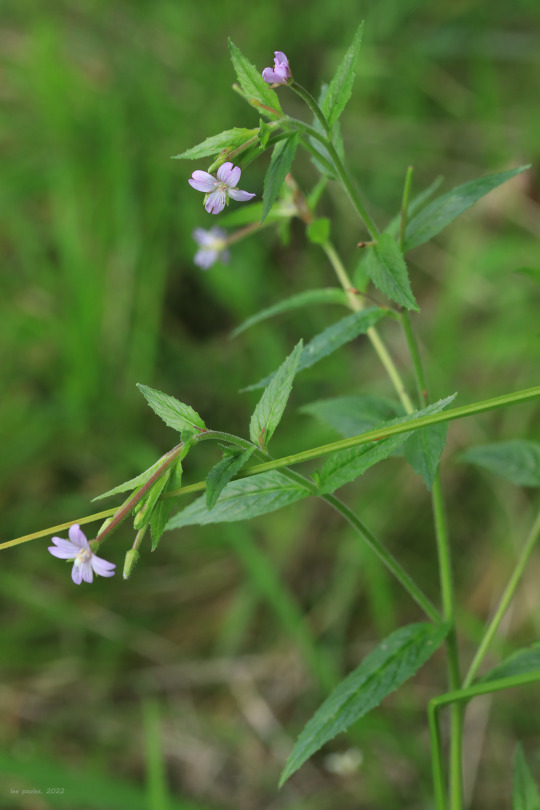
Northern willowherb (Epilobium ciliatum), also known as fringed willowherb, is a dainty perennial relative of fireweed and is often found growing in the same habitats. The four deeply-notched petals with dark venation sometimes give the impression of eight petals. Willowherbs are pioneer plants and some species are considered to be weedy, but northern willowherb is actually quite attractive.
#appalachia#vandalia#west virginia#flora#wildflower#late summer#epilobium ciliatum#northern willowherb#fringed willowherb#canaan valley
35 notes
·
View notes
Text



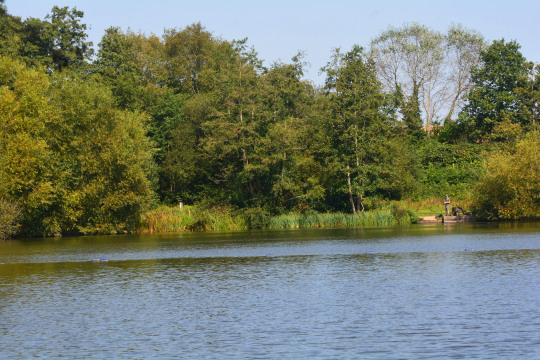
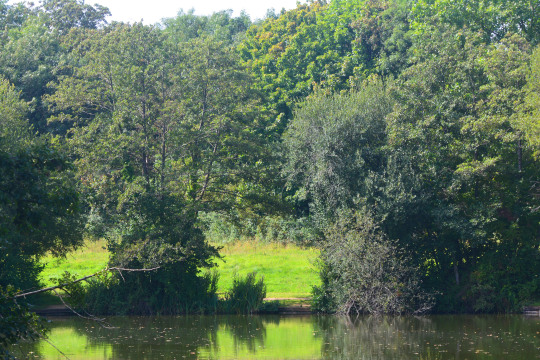


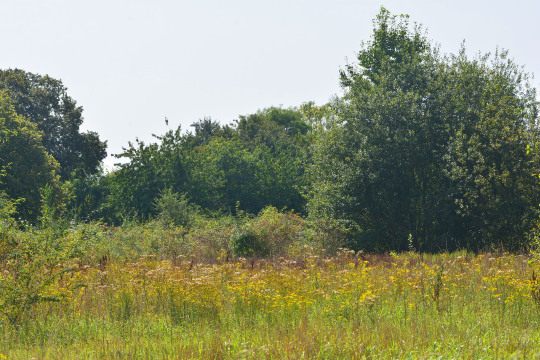

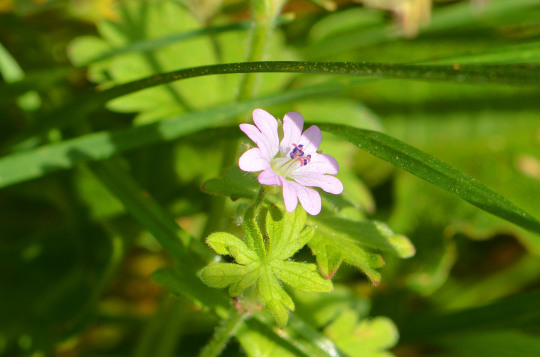
05/09/2023-Lakeside and home
Pictures taken in this set: 1. Beautiful hemp agrimony out the front which it was nice to make the most of as this comes to its end a bit, it seems to have gone so quick having it about this summer. 2, 4, 5 and 8. Views on another scorching and very sunny day at Lakeside. 3. Mossy rose galls at Lakeside. 6. Some of a few rose hips I enjoyed at Lakeside and in the front garden today shining in the sun, seeing some against blue sky looking great too as did hawthorn berries. 7. One of two beautiful Small White butterflies I enjoyed near each other and flying together at one point. 9. A grasshopper I was fixated on at the end of a smashing Lakeside lunch time walk. 10. A pretty crane's-bill, possibly a small-flowered crane's-bill on the green out the front I always like seeing these out here.
I was excited to see a colourful Kingfisher zip across Concorde lake, interestingly a year to the day that I photographed one on a Lakeside lunch time walk they are habitual in the time of year they're about here it seems. The Great Crested Grebes, a Swallow overhead, Chiffchaff, Blue Tit, Blackbird, Jackdaw, Collared Dove and Woodpigeon were other Lakeside bird highlights. It was great to see gorgeous Goldfinches shining in the bright light in the tree opposite the house at the end of my lunch time walk and see Starlings piling into feed and bath in the garden in some precious time watching the garden after work seeing House Sparrows then too. Stupendous views of balmy Brimstone, exotic looking Red Admiral and wholesome Small Copper completed a delightful array of butterflies seen on the walk. I got brilliant views of mesmerising Migrant Hawker again including two together beside Concorde Lake with female Common Darter seen well along the northern path and I saw my first Common Blue Damselfly for a little bit. It was good to see a hornet at Lakeside again. Other plant highlights at Lakeside were great willowherb, broad or purple leaved willowherb, water mint, creeping thistle, nightshade, scarlet pimpernel, red bartsia, pineappleweed, agrimony, blackberries and sloe, with yarrow on the green out the front and bits of stunning lavender out the front, steeplebush and some sunflowers still going enjoyed at home.
#photography#grasshopper#hornet#kingfisher#migrant hawker#small copper#brimstone#small white#red admiral#insects#birdwatching#birding#nature#2023#uk#earth#outdoors#happy#england#sunshine#sunny#scarlet pimpernel#plants#walking#walk#world#red bartsia#pineappleweed#europe
7 notes
·
View notes
Text
Like any sensible pig, they prefer to target abundant species where they can be sure that all that work will be rewarded (you try digging up the earth with your nose, after all). As such they preferentially target plants with imperialistic tendencies, such as bracken and willowherb rhizomes or carpeting bulbs such as bluebells. This knocks back these aggressive spreaders, making space for a greater variety of species, and a number of studies have shown that over the long term species diversity is higher in areas with wild boar than in those without. (Source)
I checked out the article linked in this post, The Environmental Impact of Wild Boar by Giovanna Massei and Peter V. Genov
Although most studies agree on the negative impact of wild boar on the relative abundance of plant species, there is conflicting evidence regarding its impact on species richness. For instance, in Sweden, the number of plant species increased in a wide range of habitats where wild boar rooting activity was recorded. In California, Kotanen (1995) showed that species richness was reduced in
rooted areas in the first year following disturbance, but increased thereafter, often
exceeding the richness of undisturbed control areas.
[...] Where large carnivores are present, wild boar invariably appear in their diet and
sometimes are one of the most important prey. For instance, wild boar are a substantial part of the diet of wolves (Canis lupus) in northern Italy (Meriggi et al. 1996) and Poland (Okarma et al. 1995). In Nepal, wild boar is the second most important prey
of the tiger (Panthera tigris) (Stoen and Wegge 1996).
The negative impacts of boars are mostly on agricultural lands (that were previously forested homes to wild boars), and outside of their native range.
Rooting at an average depth
of 5-15 cm affects the species that are directly consumed by wild boar, as well as
those that are not eaten, but whose roots are left exposed (Bratton 1975). Where the
density of wild boar is high, rooting can lead to a reduction of up to 80-95% of the
herbaceous cover and to the local extinction of individual plant species (Bratton
1974, Howe et al. 1981).
The Bratton study is done in California, a non-native environment for wild boars.

Also, it seems like they could help decrease the populations of earthworms in North America (where earthworms are invasive and very destructive)
Pavlov and Edwards (1995) estimated that the reduction of
earthworms caused by feral pig predation in Queensland varied from 62% to 93%.
Soooo, seems like boars are pretty based.
13 notes
·
View notes
Text

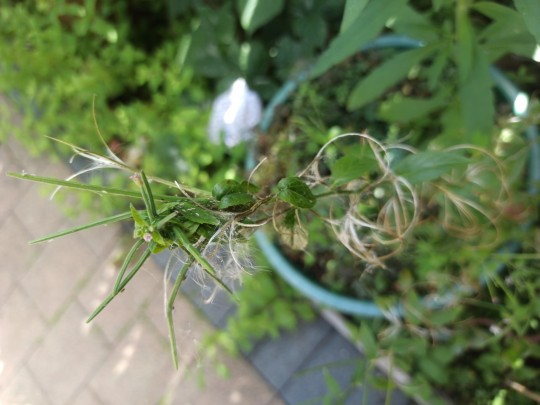
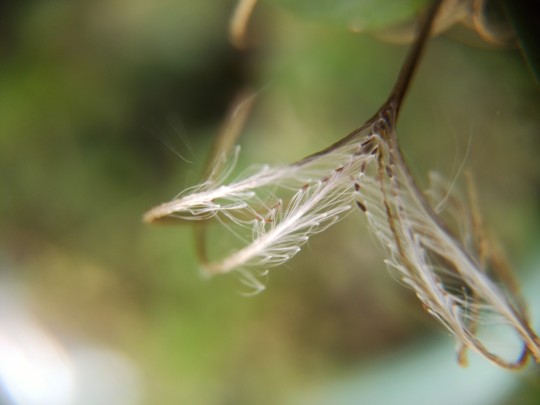
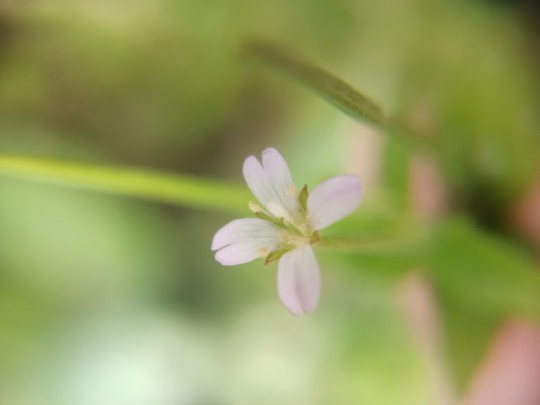

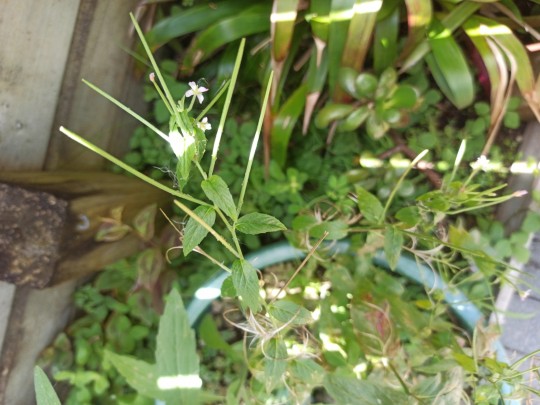


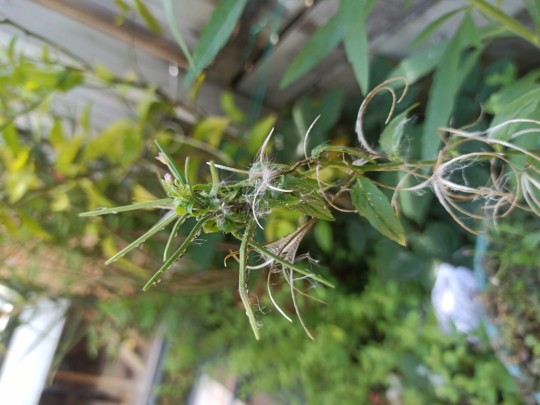
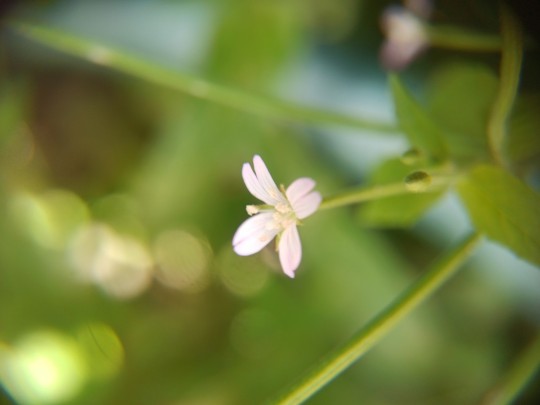
Epilobium ciliatum, known by the common names fringed willowherb, American willowherb, slender willow herb, and northern willow herb. Кипре́й желе́зистостебе́льный рода Кипрей.
Clade:Rosids
Order:Myrtales
Family:Onagraceae
Genus:Epilobium
Epilobium ciliatum is native to the southern part of Canada and most of the United States of America. It arrived in northern Europe early in the 20th century and spread rapidly, reaching Finland in about 1920.в России впервые обнаружен в 1895 году в Псковской области.
Плод — стручковидная коробочка 6—8 см длиной, густо покрытая простыми и железистыми волосками.
epilobium: From the Greek epi- ‘upon’ and lobos ‘a pod’, the flowers appearing to be growing on the seed pod.
The main use of Epilobium by humans is as a herbal supplement in the treatment of prostate, bladder (incontinence) and hormone disorders.
47/22 Northcross dr, Oteha, Auckland
наземные цветковые растения травы
0 notes
Text

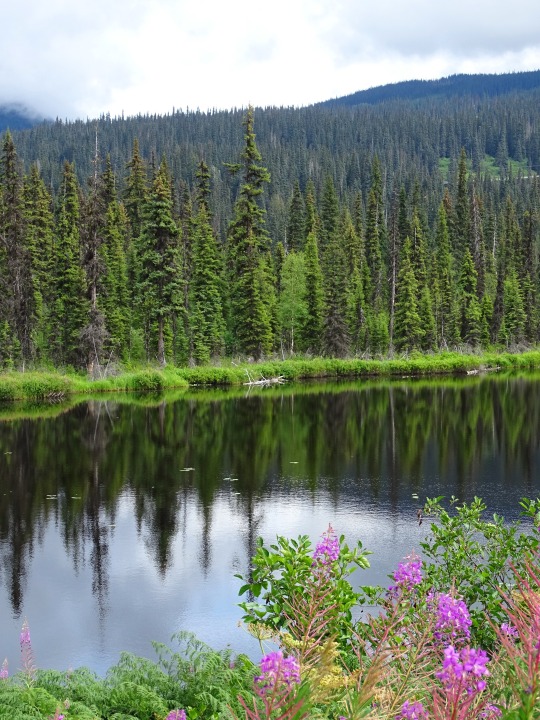

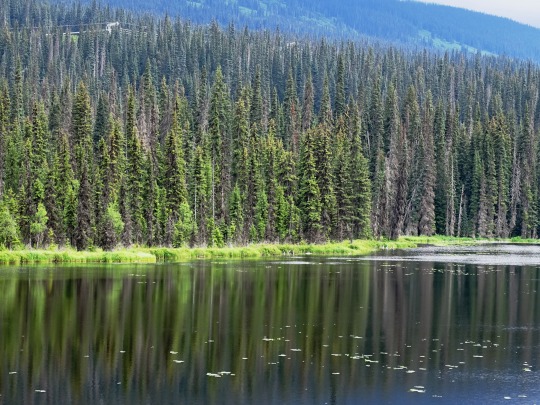
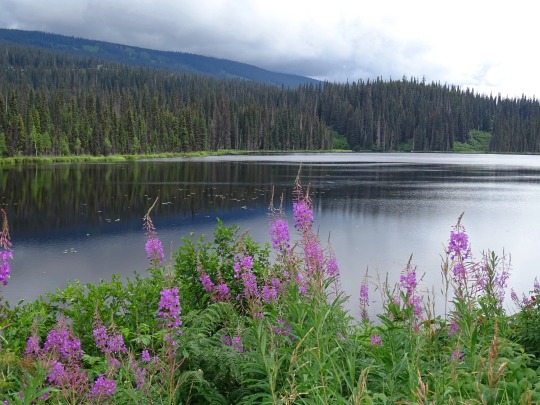
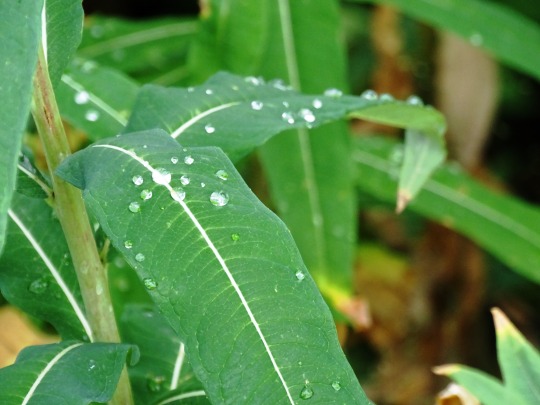


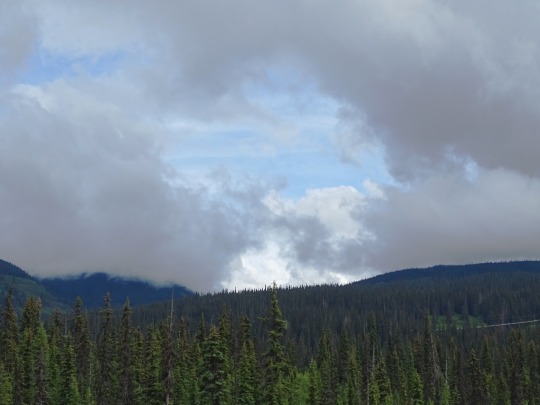

Mehan Lake, BC (No. 2)
Chamaenerion angustifolium is a perennialherbaceousflowering plant in the willowherb family Onagraceae. It is known in North America as fireweed, in some parts of Canada as great willowherb,[1] in Britain and Ireland as rosebay willowherb. In the United Kingdom it is also known as bombweed,a result of its rapid appearance on city bomb sites during the Blitz of World War II; the plant is also traditionally known as Saint Anthony's laurel. It is also known by the synonymsChamerion angustifolium and Epilobium angustifolium. It is native throughout the temperate Northern Hemisphere, including large parts of the boreal forests.
The generic name Chamaenerion means 'dwarf-oleander' and the Latin specific epithet angustifolium translates as 'narrow-leaved'. It shares this epithet with many other species of plants, including Vaccinium angustifolium. The common British name "rosebay", from the passing resemblance of the flowers to (wild) roses and the leaves to those of bay, goes back in print to Gerard's Herball of 1597. The common American name "fireweed" derives from the species' abundance as a colonizer on burnt sites after forest fires and other disturbances.
Source: Wikipedia
#Mehan Lake#Skeena Region#Skeena Country#Stewart Highway#Glacier Highway#original photography#travel#vacation#tourist attraction#landmark#landscape#countryside#nature#Canada#summer 2023#fir#the North#cityscape#forest#woods#flora#food#British Columbia#wildflower#Stikine Highway#Highway 37 Stewart-Cassiar Scenic Route#water drops#reflection
1 note
·
View note
Photo

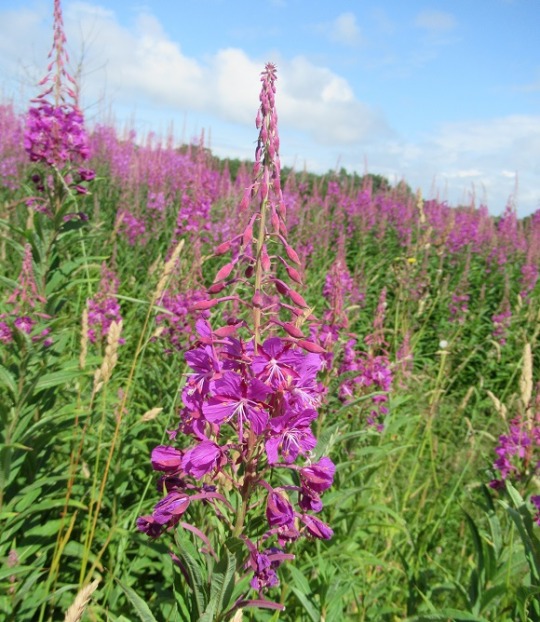
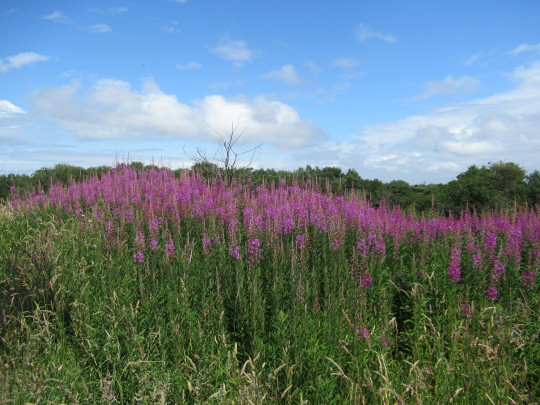
Chamaenerion angustifolium (Fireweed, Great willowherb)
Ah, fireweed. This lovely plant has circumpolar distribution in the Northern hemisphere. These photos could be taken in summer, anywhere in the Greater Vancouver area - but they weren’t. I took these photos in Liverpool, England in July 2019. Why am I posting these photos in the middle of December? Because it’s snowing outside and I could do with a little cheering up. Fireweed is one of my favorite wildflowers.
#flowers#photographers on tumblr#fireweed#Liverpool#wildflowers#fleurs#flores#fiori#blumen#bloemen#Bidston Hill#England
114 notes
·
View notes
Text
Scandinavian Mountain Plants found in the Lower 48 states
Trees and shrubs
Scots Pine
Norway Spruce
Rowan
Grey Alder
Bird Cherry
Downy Birch
Dwarf Birch
Dwarf Juniper
Bog Myrtle
Goat Willow
Glaucous Willow (pussywillow)
Dwarf Willow
Algae/Lichen/Moss
Map Lichen
Sunburst Lichen
Rock tripe
Moss
Flowers and Greens
Mountain-forget-me-not
Sweet vernal grass
Alpine meadowgrass
Creeping sibbaldia
Lady's mantle
Wild angelica
Angelica
Frogs orchid
Northern buckler fern
Brittle bladder fern
Lady fern
Alpine lady fern
Green spleenwort
Moonwort
Lesser clubmoss
Alpine clubmoss
Wood horsetail
Spiked wood rush
Three leaved rush
Stiff sedge
Alpine meadow rue
Purple saxifrage
Water avens
Alpine milkvetch
Wood cranes bill
Rosebay willowherb
Cranberry
Bilberry
Bog rosemary
Bearberry
Trailing azalea
Blue mountain heath
Scandinavian primrose
Jacobs ladder
Common butterwort
Harebell
Moss campion
Red campion
Globe flower
Meadow buttercup
Arctic butteecup
Roseroot
Yellow mountain saxifrage
Snow cinquefoil
Tormentil
Kidney vetch
Birdsfoot trefoil
Yellow wood violet
Goldenrod
Autumn hawkbit
Alpine bistort
Bladder campion
Northern starwort
Wood stichwort
Alpine pearlwort
Alpine bittercress
Hairy rockcress
Alpine rockcress
Grass-of-parnasus
Tufted saxifrage
Brook saxifrage
Cloudberry
Mountain avens
Wild strawberry
Dwarf cornel
Common wintergreen
Bog bilberry
Blue fleabane
Catsfoot
Scottish asphodel
Lily-of-the-valley
Sources:
https://www.inaturalist.org
http://www.scandinavianmountains.com
6 notes
·
View notes
Photo

J20170803-0075—Chamerion angustifolium—RPBG—DxO Chamerion angustifolium ssp. circumvagum—fireweed. The species was known until 1999 as Epilobium angustifolium. Fireweed is widespread throughout the northern hemisphere. It is the floral emblem of Yukon, Canada and (as rosebay willowherb) the county flower of London, England. The common name derives from the fact that it is a fire follower, often covering immense areas in the first years following a forest fire.This plant is included whenever you see a photo of colorful wildflowers from Alaska or Newfoundland or, indeed, northern climes throughout the world. The subspecies circumnagum is the sole taxon of fireweed found in California. Photographed at Regional Parks Botanic Garden located in Tilden Regional Park near Berkeley, CA.
2 notes
·
View notes
Photo

𝘊𝘩𝘢𝘮𝘢𝘦𝘯𝘦𝘳𝘪𝘰𝘯 𝘢𝘯𝘨𝘶𝘴𝘵𝘪𝘧𝘰𝘭𝘪𝘶𝘮 Fireweed. Seemingly innocuous, soon this late-bloomer will be carpeting the countryside. This plant is found throughout the northern hemisphere, and it goes by many names: Saint Anthony's Laurel, rosebay willowherb, and, most recently, bombweed. Though it blooms late, its fluffy seeds (80,000 per plant!) carry it everywhere, and it can seemingly grow anywhere, as long as it's sunny. It is often one of the first plants to grow in areas recently subjected to fires or construction, as well as Blitz bombings. In a month's time, as the flowers spiral to the apex of their stalks, I shall hear locals lament how summer, and the warmth it brought, is almost over. Not because of the lateness of the season, mind you, but, because of... the flowers. They will also comment that winter will be long, or mild, or cold, or short, damp or dry. 𝘉𝘦𝘤𝘢𝘶𝘴𝘦 of the fireweed. They'll almost certainly follow it up with, "You know?" And not in a rhetorical way. More as a means of seeking affirmation for their particular fireweed beliefs. A lot of local folk believe a lot of different things are predicted by the plant, though it seems no two folk believe the plants predict the same things! #kenai #cityofkenai #kenaialaska #cunninghamparkkenai #cunninghampark #fireweed #rosebaywillowherb #saintanthonyslaurel #bombweed #fireweedfolklore #folklore #sonydschx400v #SonyCameras #sonydsc (at Cunningham Park) https://www.instagram.com/p/CRQXMAdAdYF/?utm_medium=tumblr
#kenai#cityofkenai#kenaialaska#cunninghamparkkenai#cunninghampark#fireweed#rosebaywillowherb#saintanthonyslaurel#bombweed#fireweedfolklore#folklore#sonydschx400v#sonycameras#sonydsc
0 notes
Photo

A spark of vibrant rosebay willowherb (Chamaenerion angustifolium) this summer. It is also called fireweed, for its quickly spreads in burnt-over land, sort of a pioneer plant in the Northern hemisphere. - @desyekwt : Bu Des, somehow, tumbuhan ini ngingetin gue tentang penelitian keren lo di hutan Kalimantan yang ngebahas soal tumbuhan pionir pasca kebakaran hutan 👍👍👍😘 - #summer #wildflowers #pink #pinkflowers #rosebaywillowherb #fireweed #northenhemisphere #chamaenerionangustifolium #pioneerspecies #wildflowerfield (at Aberdeen)
#rosebaywillowherb#pioneerspecies#summer#chamaenerionangustifolium#pinkflowers#northenhemisphere#wildflowers#pink#fireweed#wildflowerfield
1 note
·
View note
Photo
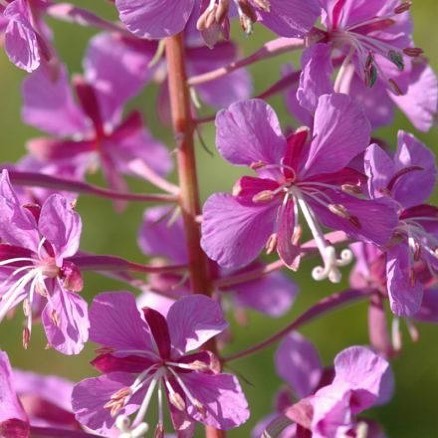
Fireweed. Fireweed, or scientifically referred to as Chamerion angustifolium, is an edible plant which is native throughout the Northern Hemisphere. It is commonly referred to as rosebay willowherbin Britain, and in some parts of Canada as great willowherb. Fireweed can be easily identified by its smooth and erect reddish stem, and unique leaves which have a vein pattern that is circular and does not discontinue at the end of the leaf. #WhatsEDIBLEinYourYard #LOVEmyNewOrleans #LOVEmyTreme #LOVEmyFaubourgTreme #FaubourgTremé #NewOrleansBotanicas #IAmNewOrleansVoodoo #TheREALHoodooCentral #HoodooCentral #RootWorker #ONLYinNewOrleans #OneTimeInNewOrleans #MarieLaveau #CityOfYES #RespectTheVoodoo #OurSacredStory (at Hoodoo Central) https://www.instagram.com/p/CFCpD63DjNO/?igshid=1p4nxhpj7o2uv
#whatsedibleinyouryard#lovemyneworleans#lovemytreme#lovemyfaubourgtreme#faubourgtremé#neworleansbotanicas#iamneworleansvoodoo#therealhoodoocentral#hoodoocentral#rootworker#onlyinneworleans#onetimeinneworleans#marielaveau#cityofyes#respectthevoodoo#oursacredstory
0 notes
Photo



Chamaenerion angustifolium, Onagraceae
After flowering profusely in dense pink strands throughout summer, fireweed, or great willowherb, is now rapidly maturing and bursting with the white silky fluff which will aid its seeds being dispersed by the wind. A very common perennial wildflower in most cool temperate areas of the Northern Hemisphere, it is very abundant here in Scotland, where it often heavily colonises roadsides and hedges, being omnipresent in urban disturbed sites. Although it is often considered a weed, when its growth is limited to a regular patch in a suitable position it can look very dramatic, as it can reach a considerable height and forms a very dense wall of thousands of flowers, extremely attractive to wildlife. To avoid letting it self-sow and potentially become invasive, the flower spikes should be cut back while some selected ones are wrapped in bags to save seeds. The whole plant can actually be cut to the ground after flowering if desired, as it tends to grow more flower spikes after the first is removed and rhizomes will ensure the emergence of numerous new stems anyway (which is something to keep an eye on too due to the above mentioned tendency to proliferate wildly). An interesting and alternative choice for the garden is C. angustifolium ‘Album’, a white flowering cultivar I saw and photographed for the first time at Glasgow Botanic Gardens.
All young parts of the plant are edible and the leaves, fresh or cured, can be used to brew a tea. Fireweed has also been traditionally used as a medicinal plant, mostly as an anti-inflammatory both for external and internal use. When used internally it’s said to have some mild sedative and hypnotic effects, so best not used in large quantities, but these are also the properties that make fireweed tea a good bedtime treat, unlike proper tea made from Camellia sinensis, which is a stimulant.
#chamaenerion angustifolium#fireweed#great willowherb#rosebay willowherb#onagraceae#wildflowers#plant identification#botany#plantblr#plants#gardeners on tumblr#edible plants#medicinal plants#scotland#summer#bumblebees#invasive plants
120 notes
·
View notes
Text
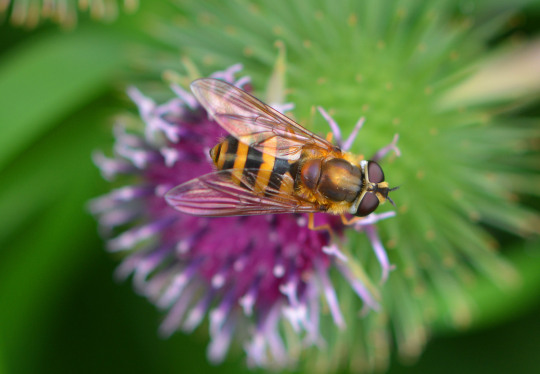

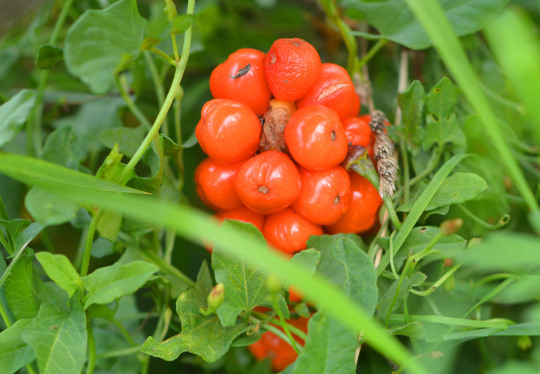


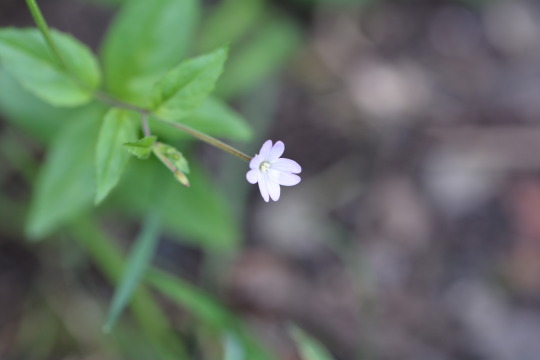
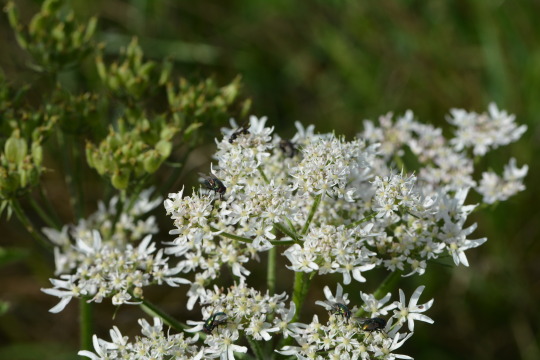
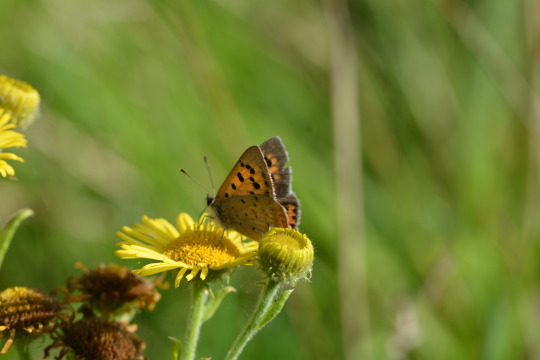

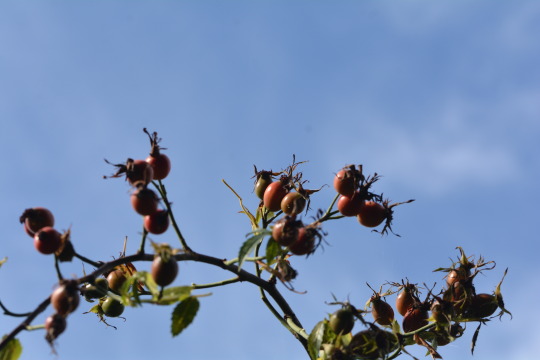
11/08/2023-Lakeside and home
Flora and fauna photos taken in this set are of: 1. A hoverfly on a lovely patch of blooming burdock which I was pleased to see. 2. Black-headed Gull on the fishing jetty in wholesome and angelic summer evening sunlight, a few of them are in winter plumage lacking the brown heads now which is interesting. 3. Cuckoo-pint. 4. An elegant and sophisticated Green-veined White that I loved seeing. 5. One of two clumps of tansy, my first of the year a unique flower that I always enjoy seeing and only the second I've seen at Lakeside so this was a high point today and this week. 6. Broad-leaved willowherb I believe at Lakeside. 7. Hogweed at Lakeside. 8. An eyecatching Small Copper in the eastern meadows of Lakeside this evening, my first here since the spring one I've had a good year for here. 9 and 10. Ruby skyscrapers of nature: Rowan berries and rose hips which was great to see. I enjoyed the rose hips in the bushes surrounding the bowl where earlier in the year I had taken in ripe Friday evening walk scenes of the roses. My favourite colour red prominent in my photos today.
Other bird highlights at Lakeside were the wonderful Great Crested Grebes again, great views of Moorhens on the lakes and the pool in the northern fenced off area, a young gull either Herring or Lesser Black-backed, House Martin and possibly Swallow, Magpie, Woodpigeon and Collared Dove with high pitched Ring-necked Parakeet heard. It was a top butterfly day with Meadow Brown, Gatekeeper, Speckled Wood and fine little Brown Argus and Holly Blue other of these flamboyant insects enjoyed on my lovely lunch time and evening walks and a Small White or may have been a Large White on the buddleia in the back garden. Varied coloured Common Darters were dazzing delights to see at Lakeside, with I believe a handsome Migrant Hawker dashing around too. Common Nettle flower bug was good to see again. Other key flowers seen at Lakeside today were water mint, lovely pineappleweed, oxeye daisies which have made a nice comeback this week, agrimony, wood avens, scarlet pimpernel at Lakeside and on the way beautiful bright flowers, purple loosestrife illuminated by the strong sunshine which was a memorable scene, lady's bedstraw, red campion, black medick, meadow crane's-bill, fleabane hosting many insects again and spear and creeping thistle the seed heads of the latter are taking over the landscape here this week. I enjoyed scenes of loads of Starlings from home today including flying again. A great packed day for photos and wildlife seen on the Lakeside walks and at home.
#photography#small copper#great crested grebe#tansy#moorhen#england#fleabane#gulls#black-headed gull#purple loosestrife#uk#world#nature#happy#outdoors#summer#green#august#red#rose hips#rowan berries#rowan#europe#friday#photos#butterflies#2023
3 notes
·
View notes
Text
🌿 Fireweed 🌿
(Psst: This post is also on amino.)
I learned of Fireweed on my trip to Alaska in the summer of my Freshman year. This summer would prove to be magickal in more ways than one, but that's not relevant to this post. It was hard to miss the beautiful tall pink flowers dotting the Alaskan landscape and they've captured my interest in the back of my head for a long time. Now I finally have an excuse to learn more about them!
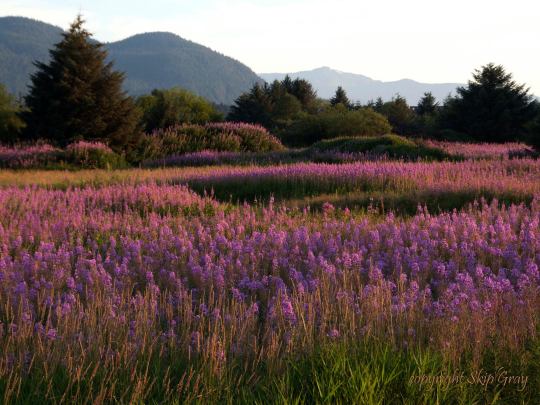
(Image Credit: Skip Gray)
Okay yada yada yada, what is Fireweed?
Fireweed, known by its scientific name Chamaenerion angustifolium (and by folk names such as rosebay willowherb and great willowherb), is a beautiful perennial wildflower found all over the northern hemisphere and many boreal forests. It's known as fireweed because it is often the first to grow after destructive forest fires (And is, interestingly enough, known as bombweed because it was one of the first plants to grow in craters after the bombs dropped in WW2). The plant is hardy and often grows in disturbed areas, due to this, it is critical in many efforts to reestablish vegetation.
People use Fireweed in all sorts of food, ranging from cooking the shoots for food, making it into syrups and jellies, cultivating honey from the bees which pollinate it, and even in teas and medicines! In Alaska, many people can make judgments about the seasons and weather based on the growth of Fireweed because of its ability to change color and states with the passing seasons.
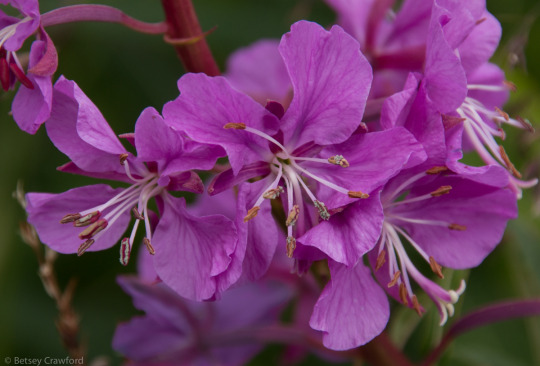
(Image Credit: thesouloftheearth.com )
Occult uses of Fireweed
To be perfectly honest, there's not a lot of information on this plant when it comes to magick, which is disappointing. Like, the plant is related to fire, obviously, but when it comes to plants there's often more than meets the eye.
Which is why we're going to have to get creative! Sadly, I don't live in a region where fireweed grows (I live in the middle of a desert, a far cry from the cool climate of Canada and above.) where I'd be able to work with and analyze its energy but, with the information about the plant I have, I can make some educated guesses.
Recovery after some sort of recent tragedy or major shift in one's life.
To relieve one's past trauma.
Opportunities and an opening of doors.
Fire-related spells.
A charm to help one go through a difficult situation, to walk through the flames and grow from it, have your scars grow flowers rather than grudges.
Making the best out of a terrible situation.
To assist in learning from one's trials.
For a fresh start.
Youth and beauty.
To break from one's shell. (?)
To find the Silver Lining.
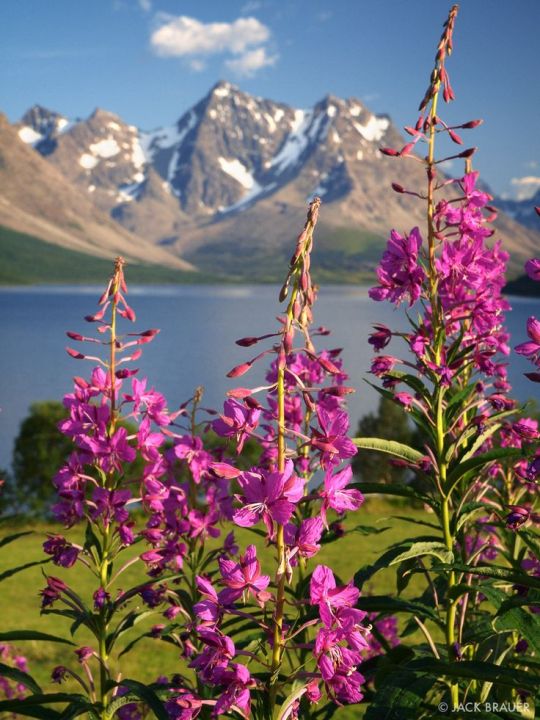
(Image Credit: Jack Brauer)
Fun Facts About Fireweed
Fireweed is mentioned in chapter 6 of the Fellowship of the Ring!
Fireweed is Yukon's floral emblem.
Fireweed is an important plant for bees and hummingbirds.
The common British name (rosebay willowherb) dates back to 1597
Fireweed can be used medically to reduce swelling, inflammation, and a whole host of other problems. Please consult your Doctor before using fireweed.
Fireweed is often used in gardens (though it grows like wildfire).

( Image Credit: bearsathallobay.blogspot.com )
Sources
All Photos - Stated in the image caption
Background
Medicinal uses of Fireweed
US forest service
Wikipedia
Encyclopedia Britannica
Edible Wild Food
#witchcraft#magick#magickal uses#magickal properties#magic#pagan#paganism#witchblr#herb#herbs#plants#flowers#wildflowers#correspondences#green witch#greenwitch#hedge witch#hedgewitch#green witchcraft#hedge witchcraft#fireweed#bombweed#chamaenerion angustifolium#rosebay willowherb#great willowherb#willowherb#alaska#witch#witchy
0 notes
Photo
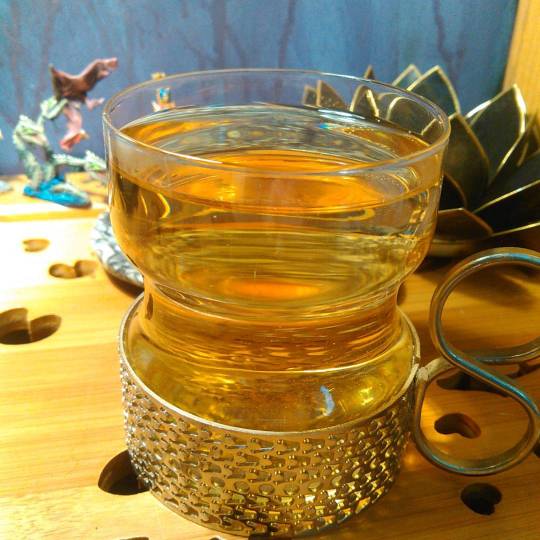
@teainthecityuk Rosebay Willowherb, or as I'm more familiar with, Fireweed, Chamerion angustifolium, a gorgeous wildflower that prefers boreal forest, I only interacted with this flower on the wild when I was working as a naturalist in the North woods of Minnesota. It's an #herbaltea with a rich history in northern parts of the world, being well loved in Russia, Canada, and... Where this one hails from... Latvia. I'm lying in bed, about to sleep and I find myself entranced by this tea, it's one of the few times I've tasted something that is totally unfamiliar, I'm struggling to find words to describe it, though I'm sure I will by the time I write the blog about it. #tea #latviantea #fireweed #rosebaywillowherb #koporyetea #ivanchai #teaofinstagram
2 notes
·
View notes
Photo
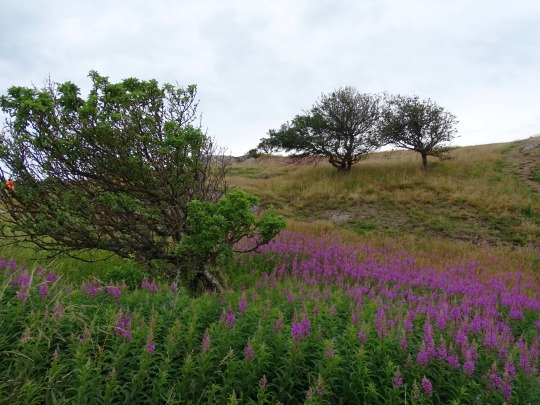
Blown Away
What do you think about my pic?
#Kullaberg Nature Reserve#fireweed#Höganäs Municipality#Skåne#Sweden#Chamaenerion angustifolium#great willowherb#rosebay willowherb#widlflower#tree#landscape#countryside#flora#blooming#original photography#travel#summer 2020#Sverige#Scandinavia#Northern Europe#peninsula#sky#clouds#tourist attraction#photo of the day#What do you think about my pic?#meadow
1 note
·
View note